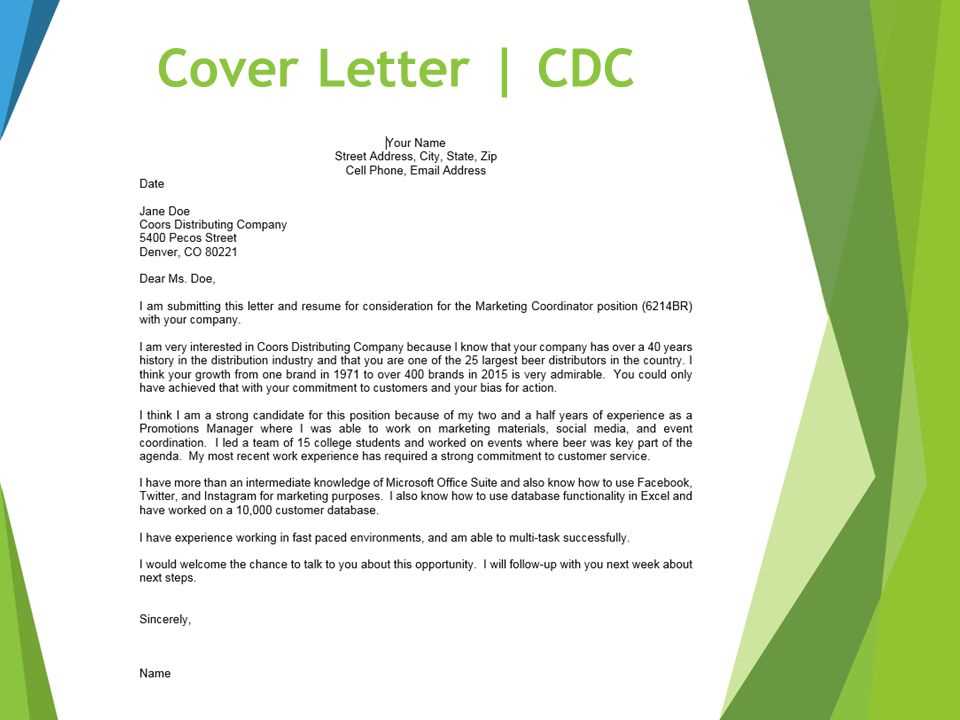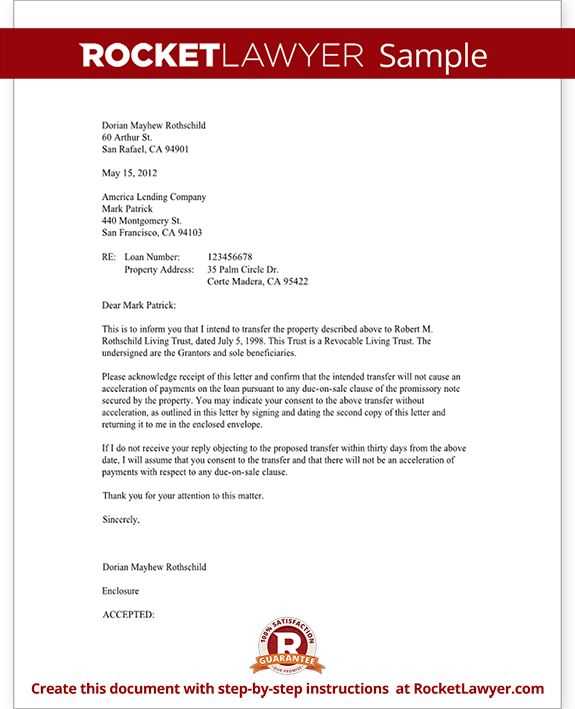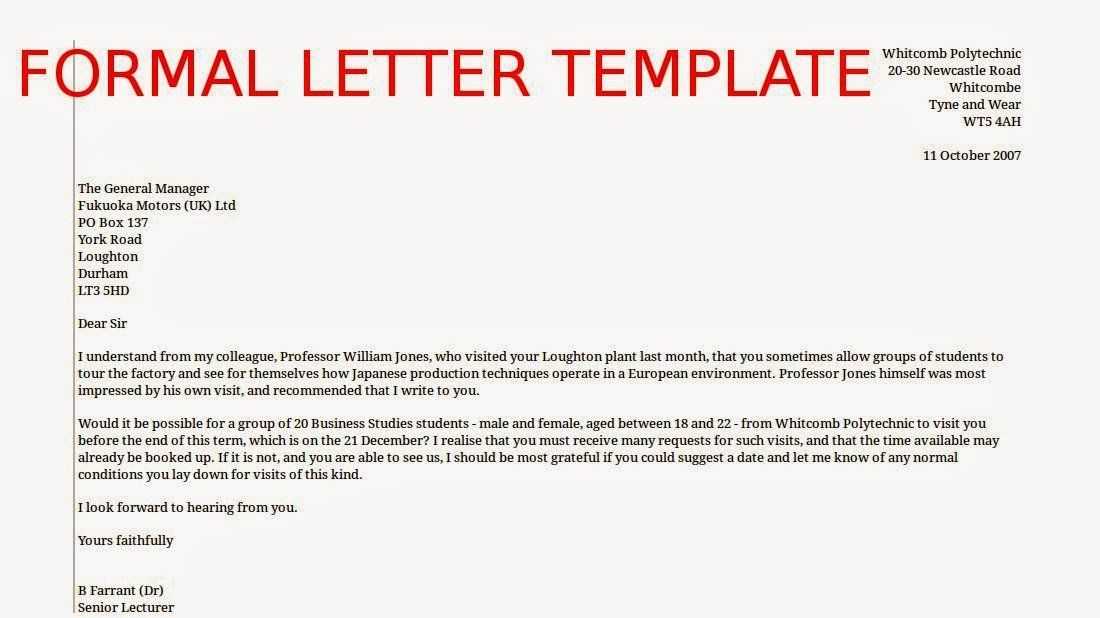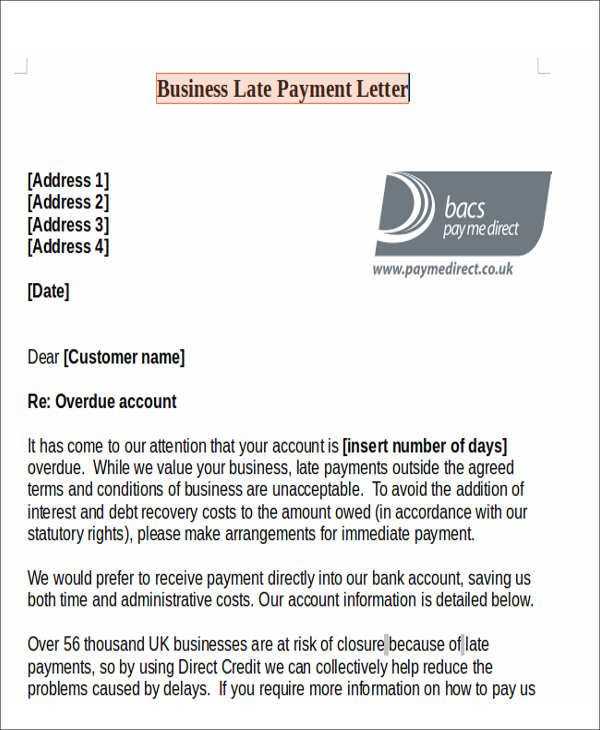Environmental reliance letter template

Key Elements of an Environmental Reliance Letter
An environmental reliance letter assures stakeholders that specific environmental factors are properly addressed in a given project. Crafting a clear and accurate letter is crucial to ensure transparency and minimize risk. Focus on the following components when writing this type of letter:
- Introduction and Purpose: State the letter’s purpose early. Confirm the relationship between the parties involved and the reason for addressing environmental considerations.
- Environmental Assessments: Summarize key environmental reports, studies, or evaluations relevant to the project. This includes information on land use, pollution levels, and sustainability.
- Reliance Statement: Clearly indicate that the recipient may rely on the environmental assessments. Include specific findings or aspects of the reports that are the foundation for this assurance.
- Legal or Regulatory Compliance: Refer to the laws, regulations, or standards adhered to during the assessment process. This reinforces credibility and compliance.
- Limitations and Exclusions: Outline any limitations regarding the scope of the assessments. If certain aspects of the environment were outside the report’s scope, mention them to prevent misunderstandings.
- Signatories and Credentials: List the individuals or organizations responsible for the assessment. Include their qualifications and expertise in environmental matters.
Sample Environmental Reliance Letter
Dear [Recipient Name],
We, [Your Company Name], have conducted an environmental assessment of the [Project Name] located at [Location]. The results of this assessment indicate that the environmental conditions comply with local and federal regulations. You may rely on this evaluation for any future planning or decision-making related to the property.
The report, completed by [Environmental Consultant Name], covered a comprehensive study of the site’s soil quality, water resources, and potential contamination risks. No significant environmental hazards were identified. The full report can be found attached to this letter.
Our assessment complies with the applicable environmental laws, including [specific regulations or laws], and meets the required standards for [specific industry or project type]. Please note that this letter does not cover [specific exclusions or limitations]. Should further environmental testing be required, we recommend additional assessments in the future.
Thank you for your attention to this matter. If you have any further questions, please do not hesitate to contact us.
Sincerely,
[Your Name]
[Your Title]
[Company Name]
Conclusion
Ensure that every environmental reliance letter is both clear and legally sound, addressing all key components without unnecessary complexity. Avoid assumptions, and be transparent about limitations to create a reliable document for all parties involved.
Environmental Reliance Letter Template
Understanding the Purpose of an Environmental Reliance Letter
Key Elements to Include in the Reliance Letter
How to Tailor the Letter to Specific Environmental Concerns
Common Mistakes to Avoid When Drafting the Document
Legal Considerations for Reliance Letters
How to Format and Present the Document Professionally
Focus on clarity when drafting an environmental reliance letter. This document confirms that certain environmental assessments or reports can be used by another party, typically a buyer or lender, for their decision-making purposes. Clearly state the purpose of the letter early on, ensuring the recipient understands its intent and the context in which it applies.
Key Elements to Include in the Reliance Letter

Start with the identification of the parties involved: the author of the environmental report, the recipient of the reliance, and the scope of the environmental review. Specify the assessment’s date, and briefly outline what was covered–whether it’s contamination risk, land usage, or other environmental concerns. Clearly state the responsibility being transferred, noting that the report is being relied upon for a specific purpose or decision.
How to Tailor the Letter to Specific Environmental Concerns
Address any unique circumstances in the letter. If the environmental assessment addresses specific risks–such as soil contamination, water quality, or air emissions–make sure to outline these in the letter. For example, if a site has had previous environmental issues, mention the current status and any ongoing monitoring measures in place. This will ensure the recipient is fully informed of the environmental risks and mitigation steps taken.
Avoid ambiguous language and be specific about what is being relied upon in the report. For instance, a letter relying on a Phase 1 Environmental Site Assessment should reference the findings directly and clarify that the reliance is based on the conclusions drawn within that specific report.
Common Mistakes to Avoid When Drafting the Document

One mistake to avoid is being vague about the scope of reliance. Ensure the letter specifies the exact report and date it refers to, as well as the specific decisions it will inform. Don’t overlook the need for signatures or acknowledgment by both parties. Another issue to watch out for is failing to include any disclaimers, such as limitations on the scope of the assessment or liability associated with any ongoing environmental issues.
Additionally, avoid making promises about future conditions. Environmental conditions may change, so a reliance letter should not guarantee that a site will remain free from contamination or other environmental risks in the future.
Legal Considerations for Reliance Letters

Legal validity is key. A reliance letter should be signed by the author of the original environmental report, or by a representative authorized to act on their behalf. Review the local laws that govern such letters to ensure that they hold up in case of disputes. Some jurisdictions may require additional statements or documentation to accompany the letter, so it’s vital to consult a legal advisor before finalizing the document.
It’s also important to clarify the duration of reliance. Some letters may have an expiration date, especially if they are based on conditions that may change over time.
How to Format and Present the Document Professionally
Ensure the letter follows a professional structure, starting with a clear subject line and date. Include formal salutations and signatures, and use clean, readable fonts. Avoid cluttering the page with unnecessary information. A well-organized letter with a clear, concise structure will convey professionalism and make it easier for the recipient to understand the reliance and its context.